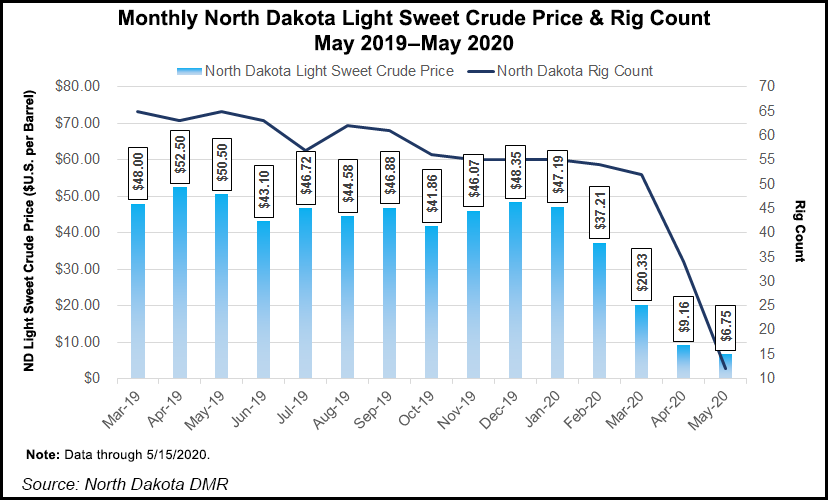
Coal mining in Wyoming has long been a significant part of the state's economy. Wyoming has been the largest producer of coal in the United States since 1986,[1] and in 2018, coal mines employed approximately 1% of the state’s population.[2] In 2013, there were 17 active coal mines in Wyoming, which produced 388 million short tons, 39 percent of all the coal mined in the US, and more than three times the production of second-place West Virginia.[3] Market forces, including the low price of natural gas from the fracking boom—coal's main competition—contributed to the steep drop in coal production in the 2000s as electricity generation switched from coal to gas
Except coal is being replaced by natural gas. as we see in the chart, coal output is dropping.
Coal power in the United States accounted for 39% of the country's electricity production at utility-scale facilities in 2014, 33% in 2015, 30.4% in 2016, 30.0% in 2017, 27.4% in 2018, and 23.5% in 2019. ... Utilities buy more than 90% of the coal consumed in the United States.
Coal consumption dropping by a third over six years. It is not just Wyoming:
North Dakota Rig Count at Lowest Since 2006; Regulators to Consider Oil Quotas

These are two small states, then there is Alaska:
Oil production in Alaska has dropped approximately 75 percent since hitting a peak of more than two million barrels per day (bpd) in 1988. North Slope production averaged 496,906 bpd in FY 2019. North Slope production is expected to decline to 486,400 bpd in FY 2020 and edge up to 486,500 bpd in FY 2021.
Well, that make three of the smallest states in trouble. That is a total of six Senate votes, and their priority is something different then bailing out California public pensions. This is a Constitutional problem, not a philosophical one. These three states are not gong away. When Kamala and Nancy try to pull off a bailout, it will not pass the senate.
No comments:
Post a Comment